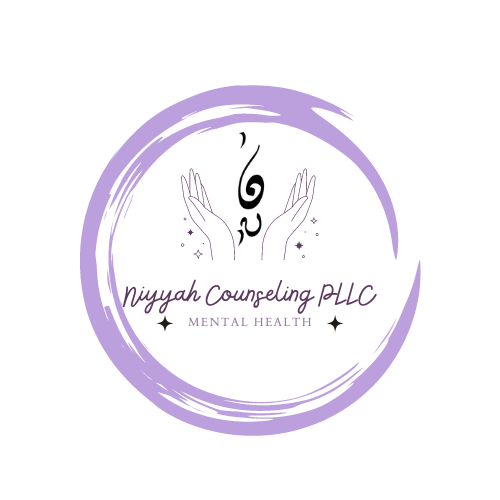Children/Teens/Parenting: Communication tips for navigating blended family dynamics
Children, Teens, and Parenting: Communication Tips for Navigating Blended Family Dynamics
Blended families, often referred to as stepfamilies, bring unique challenges and rewards. Combining two households into one means navigating different parenting styles, traditions, and expectations. While forming bonds takes time, communication is the cornerstone of a harmonious blended family. Here are some key tips to help parents, children, and teens foster healthy interactions and build trust within the family dynamic.
1. Prioritize Open and Honest Communication
Transparency sets the tone for trust. Encourage family members to share their thoughts, feelings, and concerns in a respectful way. This helps to address misunderstandings before they escalate into conflicts.
For Parents: Model open communication by discussing family changes and decisions with your children. Avoid shielding them from every detail, as this may lead to confusion.
For Teens and Children: Create a safe space where they feel their voices are heard. Regular family meetings or one-on-one conversations can provide opportunities for everyone to express themselves.
2. Acknowledge and Validate Feelings
Adjusting to a blended family can bring up a mix of emotions for children and teens, including resentment, jealousy, or insecurity. Acknowledging these feelings helps normalize them and strengthens emotional bonds.
Respond with empathy. For example, say, “It’s okay to feel upset about these changes. Let’s talk about what’s bothering you.”
Avoid dismissing concerns or labeling feelings as "wrong." Validation shows that their perspective matters.
3. Respect Individual Relationships
Relationships within blended families form at their own pace. Allow time for step-siblings and step-parents to bond naturally without forcing interactions.
For Parents: Support pre-existing parent-child relationships and avoid competition. Encourage children to maintain their connection with their biological parents.
For Children and Teens: Be patient with yourself and others. Building trust takes time.
4. Establish Clear Roles and Boundaries
Role ambiguity can cause stress in blended families. Defining expectations early can help prevent misunderstandings and foster a sense of security.
Clarify parenting roles between biological parents and step-parents. Avoid scenarios where children feel conflicted about loyalty.
Set household rules collaboratively and include children in the process to give them a sense of ownership and fairness.
5. Practice Active Listening
Active listening involves fully focusing on what the other person is saying without interrupting or judging. It is essential in understanding each family member’s needs and concerns.
Reflect back what you hear to show understanding. For instance, “You’re feeling left out when we make decisions about weekends, is that right?”
Avoid interrupting or dismissing opinions, especially during tense conversations.
6. Address Conflicts Early and Constructively
Conflicts are inevitable in any family, but in blended families, unresolved issues can lead to significant strain. Address disagreements with empathy and a solution-oriented mindset.
Use “I” statements to express feelings without assigning blame. For example, “I feel overwhelmed when we don’t discuss plans in advance.”
Work as a team to find compromises that respect everyone’s needs.
7. Encourage Family Bonding Activities
Shared experiences create opportunities for connection and build a sense of family unity. Regularly engage in activities that everyone can enjoy together.
Plan outings like movie nights, hiking trips, or board game sessions.
Celebrate traditions and create new ones that represent your blended family.
8. Seek Professional Support When Needed
Blended families often face complex emotions and situations. Therapy or counseling can provide tools to improve communication and navigate challenges effectively.
Family counseling can help facilitate difficult conversations and mediate conflicts.
Individual therapy may also benefit children, teens, or adults who are struggling to adjust.
Moving Toward Harmony
Blended families are a testament to resilience and love. While the journey can be challenging, building a strong foundation of communication helps create an environment where everyone feels valued and supported. By practicing open dialogue, setting healthy boundaries, and fostering empathy, your family can thrive together.
At Niyyah Counseling PLLC, we understand the complexities of blended family dynamics and offer personalized guidance to help families build stronger connections. If you’re ready to enhance communication and strengthen your family bonds, reach out to us today. Together, we can create a path toward harmony and understanding.
